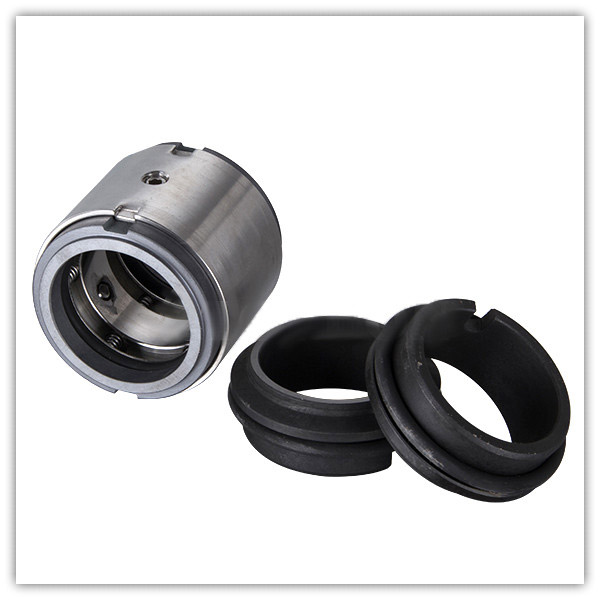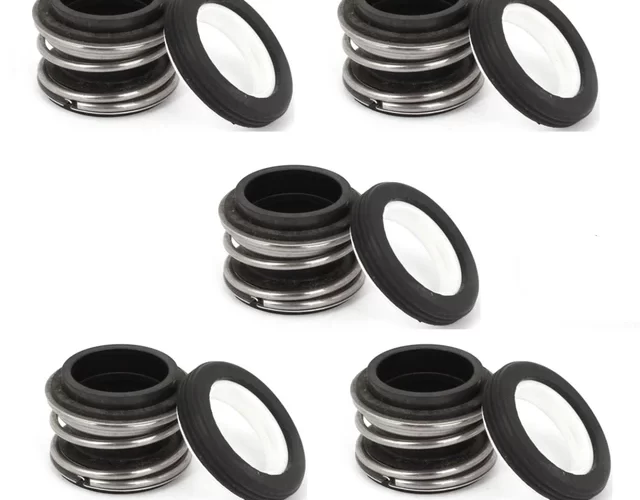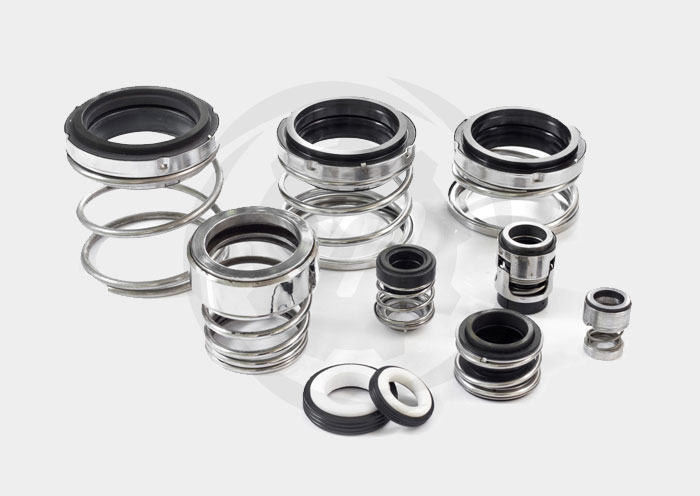Pumps are vital components in various industries, responsible for transferring fluids efficiently and reliably. To ensure optimal performance and prevent leakage, pump shaft seals play a critical role. These seals act as a barrier between the pump’s rotating shaft and the surrounding environment, effectively containing the fluid being pumped. In this article, we will explore the importance of pump shaft seals, their types, and their role in maintaining the efficiency and integrity of pumping systems.
The Significance of Pump Shaft Seals:
Pump shaft seal is essential components that ensure the proper functioning of pumps and prevent fluid leakage. Their primary purpose is to maintain a sealed interface between the rotating shaft and the stationary pump housing. By containing the fluid within the pump, they prevent wastage, environmental contamination, and potential safety hazards. Moreover, pump shaft seals contribute to the overall efficiency and longevity of the pump by reducing friction and minimizing wear and tear.
Types of Pump Shaft Seals:
- Mechanical Seals: Mechanical seals are widely used in pump applications due to their effectiveness and reliability. They consist of two primary components: a stationary part attached to the pump housing and a rotating part connected to the pump shaft. These parts are held together with the help of springs or elastomers, creating a seal that withstands the pressure and prevents leakage. Mechanical seals are available in various configurations, including single, double, and tandem seals, each designed to suit specific operating conditions.
- Packing Seals: Packing seals, also known as gland seals, have been used for a long time and are still employed in certain applications. They consist of braided or molded packing material, such as graphite or synthetic fibers, that is compressed around the shaft. This compression creates a seal, preventing fluid leakage. While packing seals are cost-effective and easy to install, they generally require more maintenance and may not be as effective in high-pressure or hazardous applications.
- Lip Seals: Lip seals, also called oil seals, are commonly used in pumps where the shaft rotates at relatively low speeds. These seals consist of a flexible lip made of elastomer material, which makes contact with the rotating shaft. The lip creates a dynamic seal, preventing fluid from escaping along the shaft. Lip seals are relatively simple and cost-effective, but they may not be suitable for high-speed or high-pressure applications.
Maintaining Efficiency and Preventing Leakage:
Pump shaft seal play a crucial role in maintaining the efficiency of pumping systems and preventing leakage. When properly selected, installed, and maintained, they provide the following benefits:
- Leakage Prevention: By creating a reliable seal, pump shaft seals prevent the loss of fluid and minimize wastage, ensuring efficient operation and reducing environmental impact.
- Energy Efficiency: Well-designed seals reduce friction and minimize power consumption, leading to improved energy efficiency and lower operating costs.
- Environmental Protection: Pump shaft seals help prevent the release of hazardous or environmentally harmful fluids, safeguarding both the ecosystem and human health.
- Equipment Protection: Seals minimize the ingress of contaminants into the pump, reducing the risk of damage to internal components and extending the equipment’s lifespan.
- Safety Assurance: By preventing leakage, pump shaft seals contribute to a safer working environment by reducing the risk of slips, spills, and potential accidents.
Conclusion:
Pump shaft seals are indispensable components in pumping systems, ensuring the efficient and reliable transfer of fluids while preventing leakage. Whether it’s mechanical seals, packing seals, or lip seals, selecting the appropriate seal type for a specific application is crucial. Proper installation, regular maintenance, and adherence to manufacturer guidelines are vital to maximize the seal’s performance and longevity. By prioritizing the selection and maintenance of pump shaft seals, industries can achieve optimal efficiency, reduce environmental impact, and enhance the



